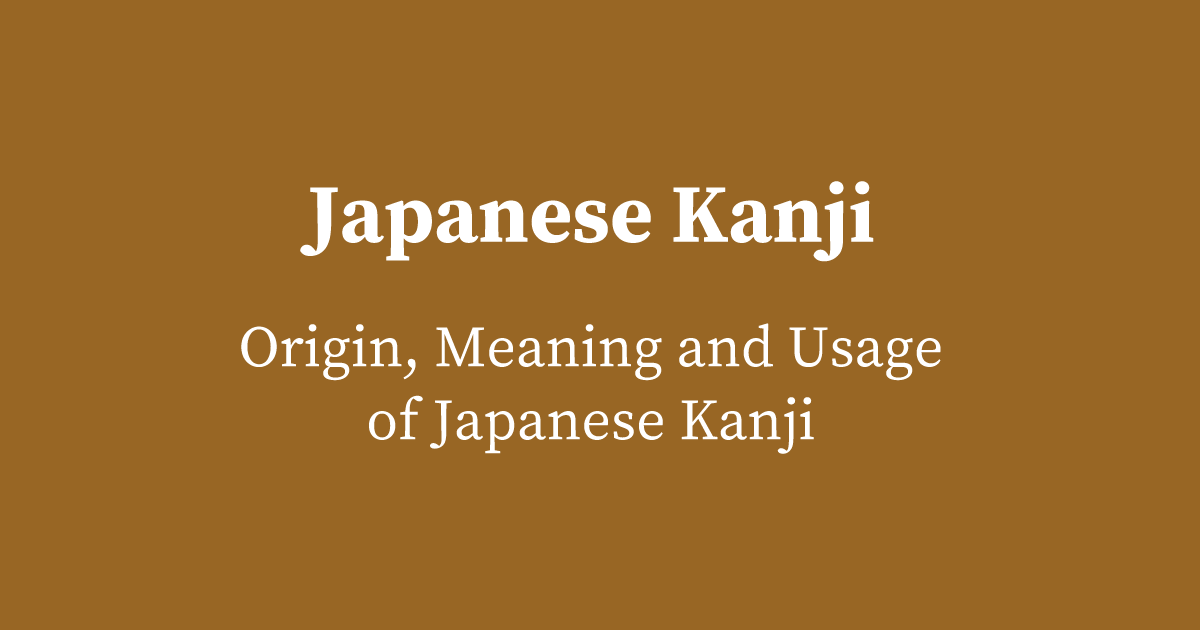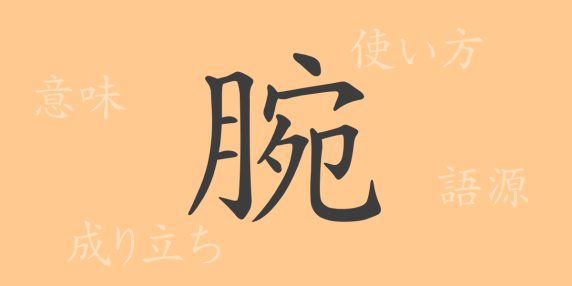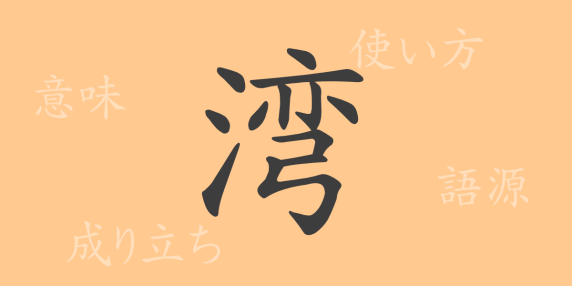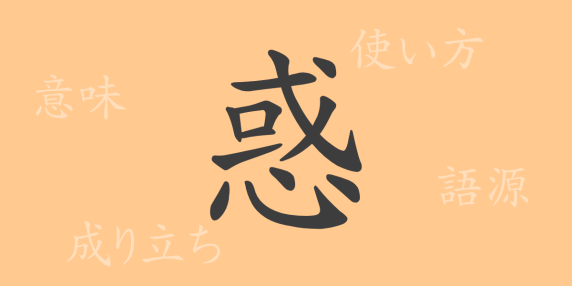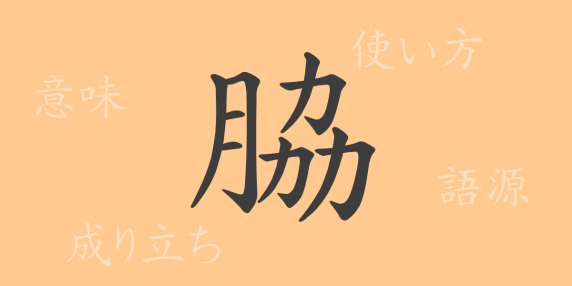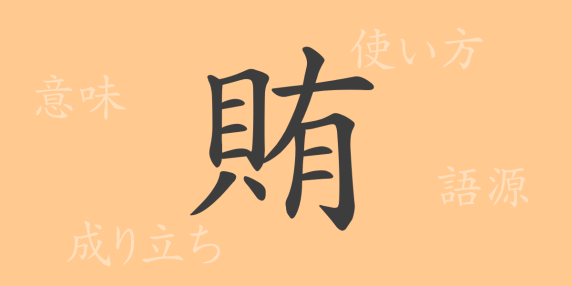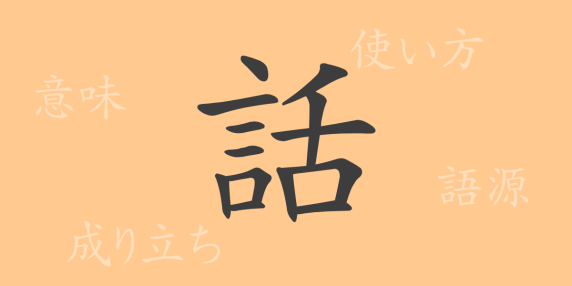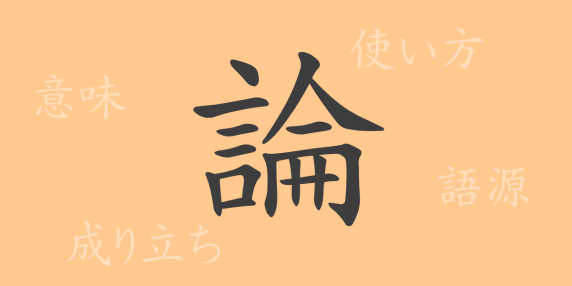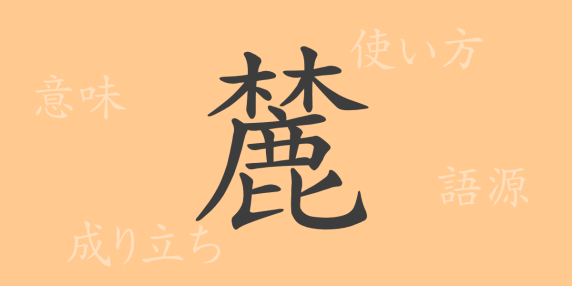Kanji (Kanji) is a writing system deeply rooted in Japanese culture and language. In this article, we explore how kanji was introduced to Japan, how it has evolved over time, and its role and impact in modern Japanese society.
Introduction of Kanji
Kanji was introduced to Japan around the 5th century, brought from China. This introduction was driven by the growing need for written communication in fields such as politics, economics, and culture, and came along with the arrival of books and Buddhist scriptures.
Development and Evolution of Kanji
In Japan, kanji underwent unique development over the centuries. During the Heian period, cursive script known as *Nyobo-Moji* (Nyobo-Moji) was used, which eventually evolved into modern *Hiragana* (Hiragana) and *Katakana* (Katakana). Additionally, during the Edo period, literacy spread among common people, and kanji education began to take root.
Kanji in Japanese Education
In modern Japan, approximately 1,000 kanji characters are taught in elementary school, with an additional 1,000 characters introduced in junior high school. These characters are known as *Joyo Kanji* (Joyo Kanji) and form the essential kanji used in daily life and official documents.
The Role of Kanji in Daily Life
Kanji is used in all aspects of Japanese daily life, from signs and newspapers to literary works and official documents. Each kanji character carries its own meaning, and by using different kanji for the same pronunciation, a wide range of meanings can be expressed, adding rich nuance to communication.
Cultural Significance of Kanji
Kanji also plays an important role in Japanese calligraphy, literature, and advertising. Calligraphy is highly regarded as an artistic form of expression, with the aesthetic elements of kanji themselves being appreciated for their beauty.
Kanji in Modern Technology
With the advancement of digital technology, the way kanji is input has been revolutionized. Various input methods are available on smartphones and computers, making the use of kanji more convenient than ever.
Conclusion
Kanji is more than just a tool for communication—it contributes to the formation of Japanese culture and identity. Its continued development and preservation will remain a significant aspect of cultural tradition moving forward.
Explore more about the history and meaning behind various kanji characters in Japan.























